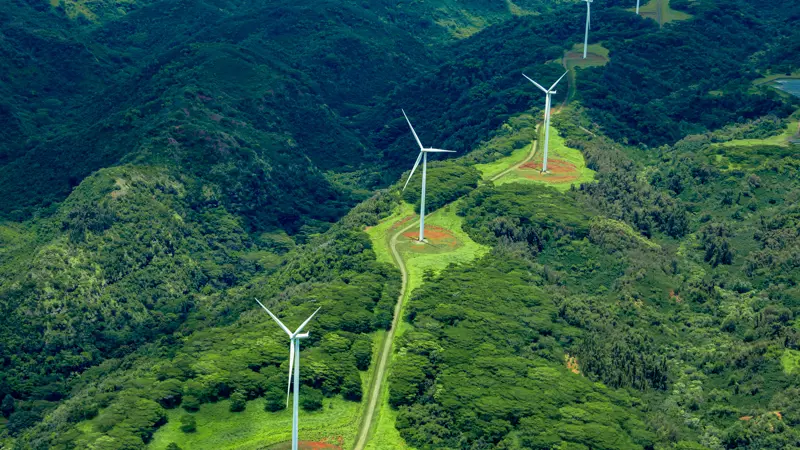2. Lack of finance
Cost pressures have stretched the wallets of manufacturing businesses like never before. The sector continues to face inflated prices for raw materials and components, labour, energy, fuel and transportation. Such challenging economic conditions present a serious blocker for sustainability and could see initiatives paused or cut back as a result.
While sustainability targets remain a priority, and companies are better grasping the cost-saving as well as planet-saving benefits, the reality is that going green can quickly become expensive. This is especially true once the mostly affordable, sometimes free low-hanging fruit has been picked.
Yet, making positive changes can also help boost bottom lines. For example, energy use and raw materials are typically the largest contributors to a manufacturer’s direct emissions.
The high cost of energy and materials currently means reducing the amount used not only contributes to sustainability goals but also saves money. Money that could be invested in upgrading or replacing machines with efficient new models, mounting a solar panel installation or switching fleets to electric vehicles.
TOP TIP:
The urgency surrounding climate change leads many to focus on making dramatic changes at the expense of far easier and quicker to achieve small wins like insulating pipes, buildings and equipment.
It’s also worth noting that ‘reducing’ is often significantly more affordable than ‘replacing’. Take compressed air, something three in four manufacturers use for some aspect of their operations.
Research estimates that compressed air accounts for 10% of all industrial electricity consumption globally. Yet, as much as 20 to 30% of compressor output is wasted due to leaks. Even a tiny leak can add thousands of pounds a year to your energy bill.
A compressed air system audit can identify leaks, improperly sized or configured piping and malfunctioning or outdated equipment to help improve efficiency. Similarly, an energy audit will provide a clear picture current energy usage and pinpoint where energy is being wasted.





